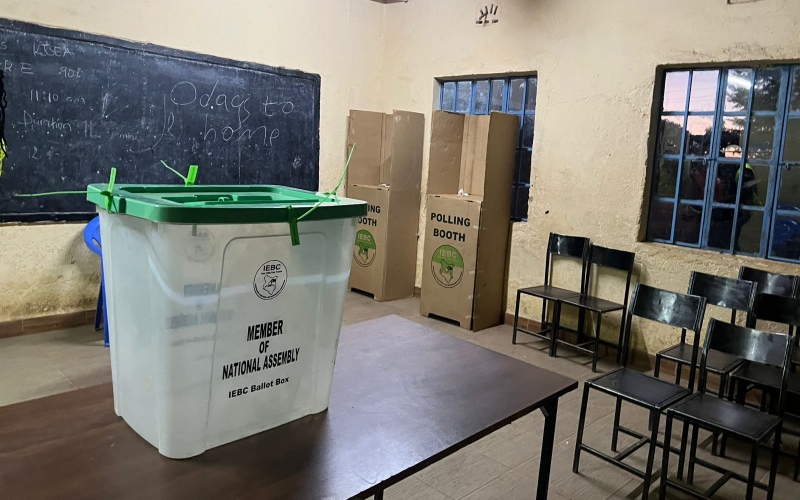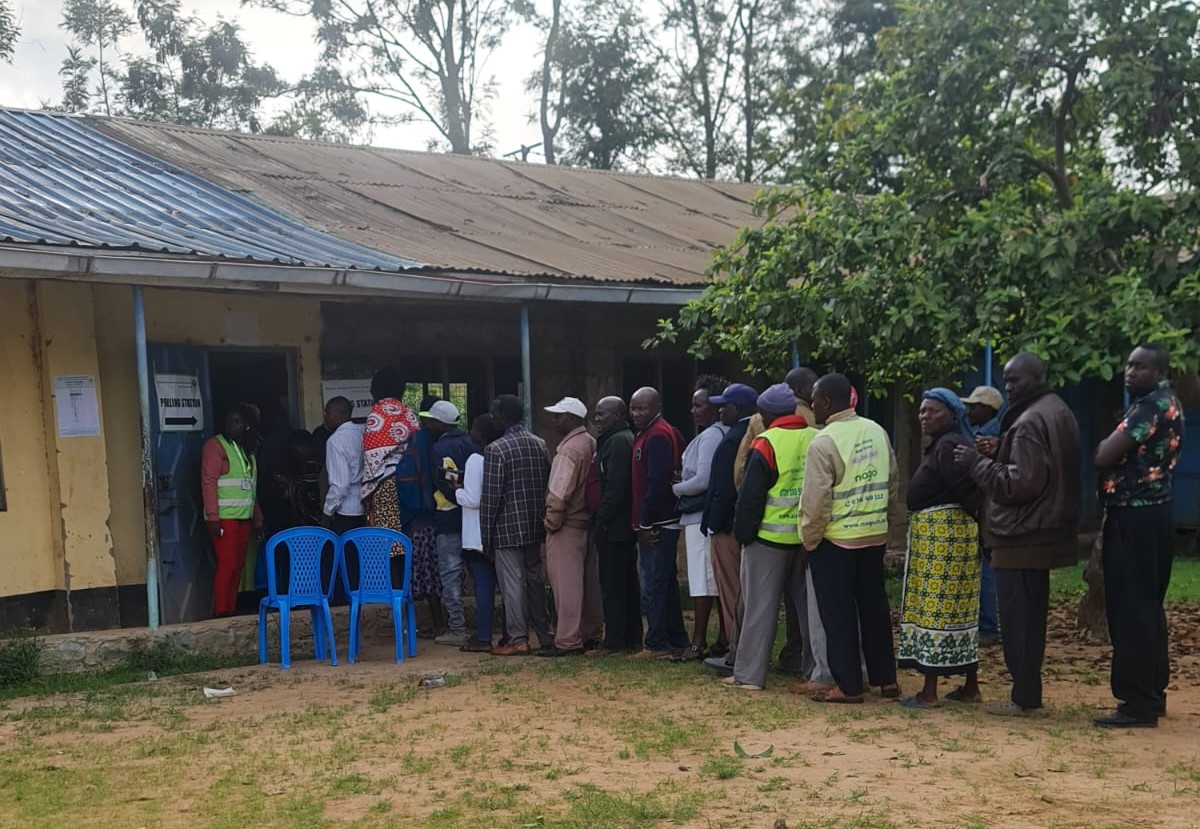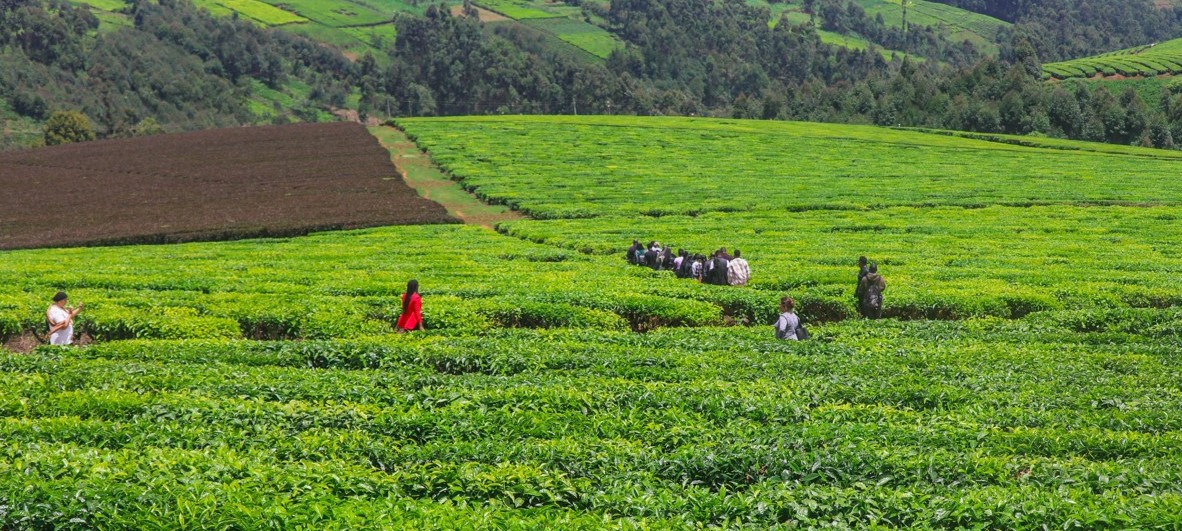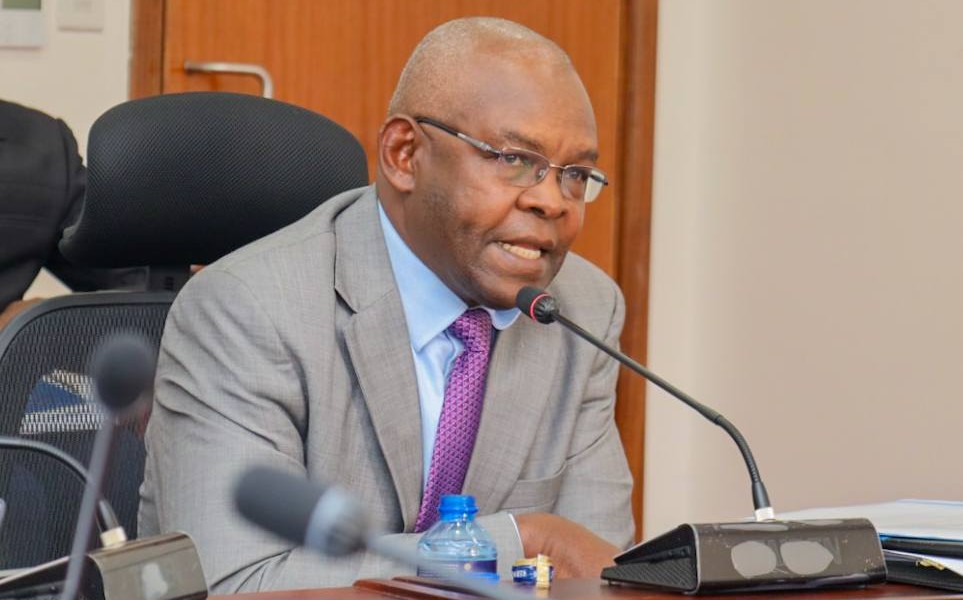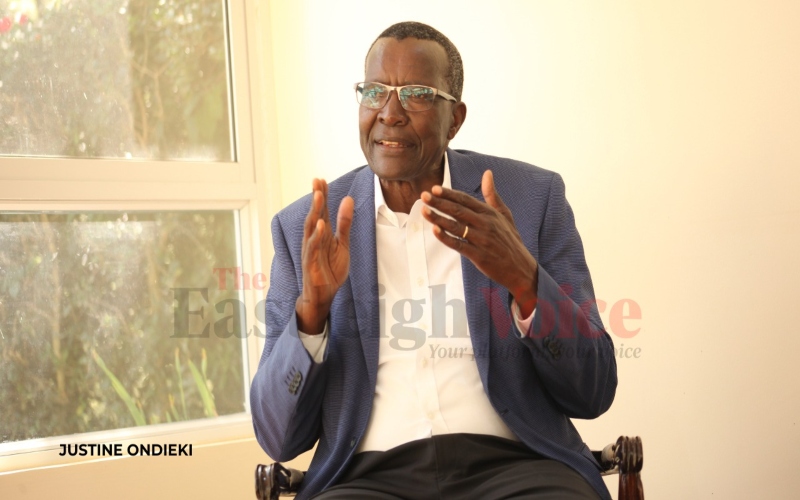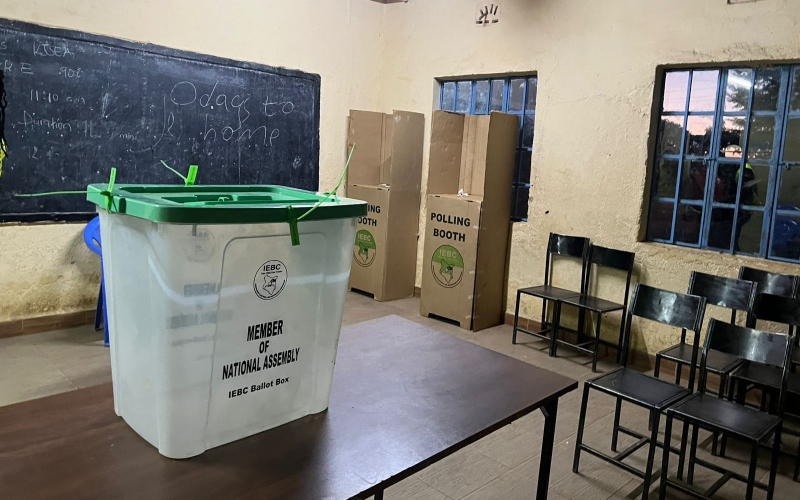What to check before boarding a matatu: Commuters share key insights
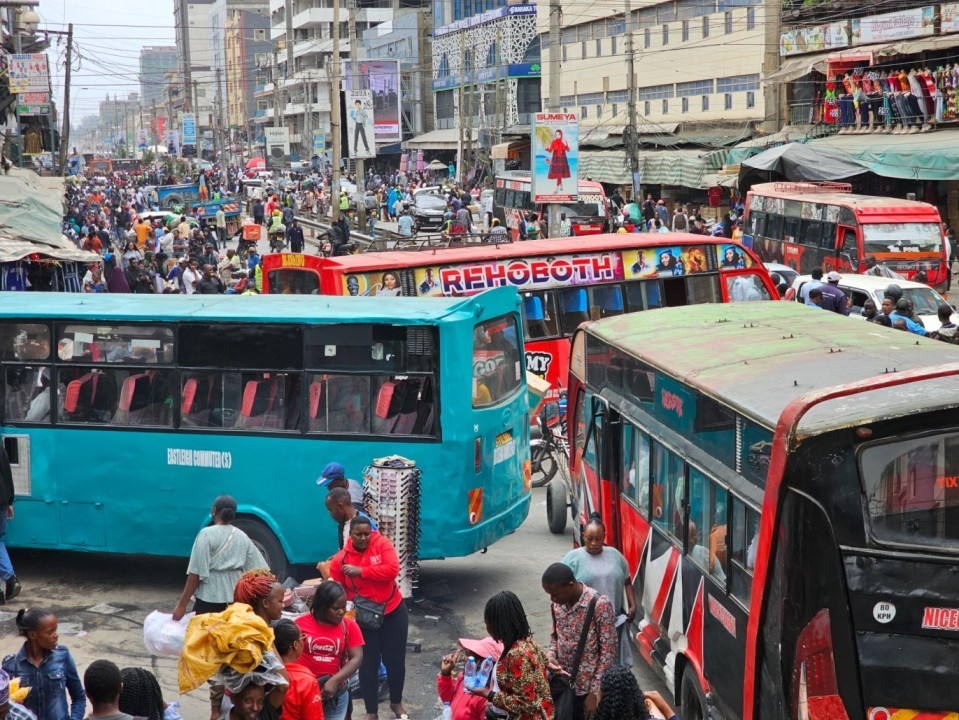
Some Saccos are notorious for reckless driving and poor service, while others are praised for discipline, reliability, and professionalism. The Sacco under which the matatu operates and their end stage, say Commercial, Tea Room, Railways or Odeon, will help determine the proximity to where you are going.
In Kenya, matatus remain the most common form of public transport, carrying thousands of passengers daily across busy city streets and rural roads.
But for many commuters, choosing which matatu to board is not simply about getting from point A to B; it is about safety, comfort, and value for money.
More To Read
- Relief for matatu operators after High Court halts eviction from CBD loading zones
- 12 matatu Saccos sue Nairobi County over eviction from three petrol stations
- Saccos term petition to ban Matatus at fuel stations baseless, court told
- Matatu operators petition Parliament for laws to curb insurance fraud
- Matatu owners petition Parliament over 'broken' PSV insurance system
- Epra boosts Kenya’s EV revolution by removing charging cap
Regular passenger Alfred Onyango captured the mood perfectly. “When you board a matatu, you’re not just paying for transport. You’re paying for peace of mind, security, and how you’ll feel by the time you reach your destination.”
So, what should you consider before stepping into a matatu? Commuters and transport experts highlight six key factors:
1. Proximity of the bus stop (stage)
The location of the stage matters. A closer stage saves time and reduces the wait for the matatu to fill.
Boarding from a main stage often means a faster departure, sometimes even an express ride with fewer stops. In contrast, boarding along the road can mean longer waits and multiple interruptions before the matatu fills up.
2. The route and stops
Knowing where the matatu is heading and its stops is crucial. Some routes are direct and fast, while others make frequent halts.
Understanding your journey helps manage time and sets expectations. If you plan to alight early, knowing the next stop is helpful.
3. Sacco
Not all matatus are equal. The Sacco (Savings and Credit Cooperative Organisation) operating a matatu often reflects its reputation. Some are known for reckless driving and poor service, while others are praised for discipline, reliability, and professionalism.
The Sacco’s pick-up points, such as Commercial, Tea Room, Railways, or Odeon, also determine your proximity to your destination. Choosing the right Sacco can make all the difference.
4. Fare transparency
Price is always a deciding factor. Commuters recommend clarifying the fare before boarding to avoid disputes mid-journey. As Onyango advises, “The fare should be reasonable. If it seems too high compared to others, it’s better to wait for the next option, which won’t take long given the many alternatives.”
5. Passenger numbers and security
How full the matatu is affects the experience. Too few passengers can mean longer waits and multiple stops.
Overcrowding, with some standing, raises safety and comfort concerns. A balance is key: enough passengers for a smooth departure but not so many that safety or comfort is compromised.
6. Vehicle condition and comfort
A quick look inside and out can tell you a lot. Are the seats torn and uncomfortable? Is the music too loud? Is the conductor respectful or rowdy?
These details matter because they determine whether the ride will be stressful or pleasant. Some passengers even joke about avoiding seats that “look like they might send you home with bedbugs.”
As Nairobi’s traffic grows and matatus remain the public transport lifeline, making informed choices is more important than ever. Commuters agree that safety, comfort, and peace of mind matter just as much as speed and convenience.
Ultimately, it’s not just about catching the next matatu that arrives but choosing the right one for your journey ahead.
Top Stories Today


